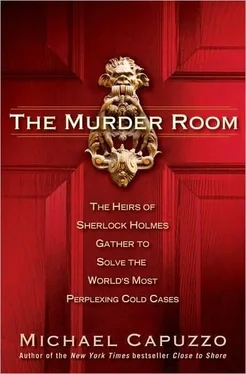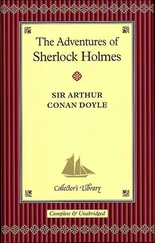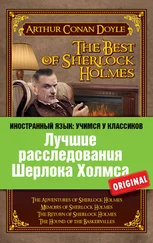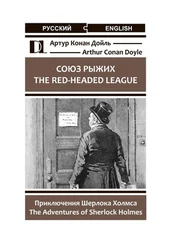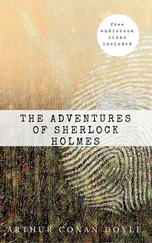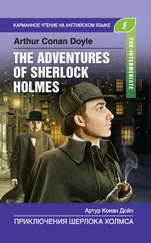As the police struggled to find suspects, O’Connell’s sister, Kathleen, heard from a friend about the Vidocq Society in Philadelphia. The local Star Tribune, in Minneapolis, said they were a group of “volunteer super sleuths” and “cold-case cowboys” who tackled murders that “stymied local law enforcement across the nation” and solved 80 percent of them. Willing to “grab on to anything for answers,” Kathleen O’Connell e-mailed the Vidocq Society in Philadelphia, pleading for help. She received a formal reply that, out of respect for local police, the society would not consider a murder case until it was at least two years old. On the second anniversary of the slaying, with the Hudson police still thwarted, she wrote again, and was approved. “The Murder of Daniel O’Connell and James Ellison” went on the Vidocq docket as Case No. 133. The society paid for Hudson lieutenant Paul Larson to present the case in the Downtown Club over lunch on April 15, 2004. The case “had Richard’s name all over it,” Fleisher said, and indeed Walter took an immediate interest and flew out to Hudson to assist.
Fleisher was convinced the case had attracted a strong collective commitment, the passionate heat “absolutely required” to solve a cold murder. “There’s a family very interested in their loved one’s case, a police department willing to go that extra distance, a prosecutor who’s willing to cooperate to get the job done, and the media willing to pay attention to the case,” he said. “You need all of it to get the job done.”
The famous profiler from Philadelphia arriving in Hudson was front-page news in the weekly Hudson Gazette. Walter was pictured grinning and standing alongside the young cops he quickly took under his wing. He used the story to plant seeds of doubt in the suspect. “We know more than the killer thinks we do,” he said, employing one of his favorite lines. “If I were him, I wouldn’t buy any green bananas.”
In the first two days Walter read the case file, interviewed the cops, and considered the seven suspects of some interest to the police, none of whom stood out in their minds after two years. As the young cops trailed him around town, they, too, began smoking Kools.
“Gentlemen, it’s plain to me,” he announced. “It’s the priest.”
The suspect was Roman Catholic priest Ryan Erickson, thirty-one years old, who had a powerful motive to silence O’Connell. The funeral director, a leader of the Catholic Church, had confronted the priest the day before the murders about his alleged sexual abuse of boys. O’Connell didn’t like Erickson, whose tenure in the church had been disappointing, and threatened to force him out of the church if the charges were true. Walter advised the police to bring the Reverend Erickson in for questioning, and interrogated the priest himself. During questioning by the police and Walter, the priest had been reduced to tears. “He’s our guy,” Walter said afterward. “The double murder is executed just this way, all power, the removal of a threat.”
But now on the telephone, the officer sounded anxious. After Erickson told people that the police considered him a suspect, the priest had killed himself. Parishioners found him that Sunday morning, December 19, before early mass at St. Mary of the Seven Dolors Church in Hurley, Wisconsin, a town of 1,800 people near Lake Superior, where Erickson had been transferred to lead the parish. Churchgoers were confronted with the sight of the priest in full vestments hanging from the porch of the rectory.
Walter let out a low whistle.
Case manager Fred Bornhofen would record Case No. 133 in Vidocq Society records this way: “Investigation revealed that a Roman Catholic priest became a prime suspect and R. Walter assisted in an interview and a confrontation… Fr. Erickson was found hanged in front of his church… Erickson was suspected to be a pathological liar, embezzler, gun enthusiast, and a pervert.” Case closed.
But it wasn’t so simple. Erickson had left a suicide note in which he denied killing anyone. Investigators didn’t have anything on him, he wrote in the note. “None of my guns matched, no DNA of mine was found, and no one saw me leaving the funeral home.”
“Hmmmm,” Walter said. “It sounds less like the plea of an innocent man than a criminal defense argument. He’s unwittingly admitting guilt. It seems the supposed man of God lived a divided life between his professed image and his rather tawdry personal secrets. When events threatened to expose the charade, he refuses to take responsibility, killing to silence it, and when that doesn’t work, committing suicide.”
“Any thoughts on what we should do?” The police considered Erickson the prime suspect, but they were concerned about the ramifications of his suicide before he was charged, tried, or convicted. The department wanted to somehow resolve any questions and close the case. Walter had the novel idea of bringing the case to court posthumously.
“But first things first-good riddance to bad rubbish.”
The officer smirked. The Hudson police had never worked with anybody like Walter.
“By the way, Richard, we found a bunch of ripe bananas in the priest’s apartment. But we know he didn’t like bananas.”
Walter chuckled. The priest had read the newspaper, he said, and risen to the challenge.
“He used them as a timer, and as it happens I was right. He shouldn’t have bought any green bananas.”
CHAPTER 55. THE MIRACLE ON SOUTH STREET
Bender was walking along a remote lake on a sunny day. In woods along the shore he saw an old white Cadillac overgrown with vines, the trunk open. He went to investigate. The car had a vintage Jersey plate, the color of yellowing teeth, with the 1930s-style black block letters, GARDEN STATE. The license number swam away as he tried to read it. The trunk was empty, but he saw clearly the bloodstains on the carpeted face of the wheel well. He walked back to the lake and out onto a narrow wooden dock over the shallow blue-green water. Just under the surface a man was floating on his back, naked, his skin a rotted gourd, his black hair swirling in the current, the red dot of a bullet hole through his forehead. His eyes were wide open, bright blue. The lips were moving.
“Help me,” the lips cried. “Help me.”
Bender startled awake from the dream. An hour later, a New Jersey coroner called, a friend, looking for help in identifying a body. It was a new one.
“A wet one?”
“How’d you know?”
“I had a dream. A man in the water. I’ll let you know what I find out.” What I find out when I talk to him again.
Bender walked with the dead in his dreams. He felt comfortable with them, embraced, at home. They called to him, shielded him, welcomed him. But mostly they pleaded. It was a gift and he didn’t ask its source. He submitted to it without question. You had to do what you were made to do; this was why, in his youth, he was repulsed by art hanging on walls. He was the advocate of the dead, the voice for the voiceless who walked between worlds.
He told Walter about the man in the water. His partner scowled. “Frank, I’m not often intrigued by mob killings. I like challenges. Mob hits are all the same, all power, as nuanced as a tire iron to the head.” The dream of the man in the water stopped. But others came-the girl in the steamer trunk, the man hanging in the tree, the boy shot through the temple-crowding his nights and pushing into his days.
Now in his late sixties, Bender was increasingly sensitive to the shadowy realm of dreams. He felt like an instrument being finely tuned with age. Yet he was also more modest and wary of his gift. It spooked him sometimes that he just didn’t know how he knew things. Once, while sculpting a statue of a policeman standing heroically in a New Jersey park, a memorial to the courage of fallen officers, he had reluctantly included on the statue the badge number of the young officer he used as a model. “I warned him against it. It was a memorial statue, and it just felt like bad karma.” Shortly afterward, the young officer was killed.
Читать дальше
